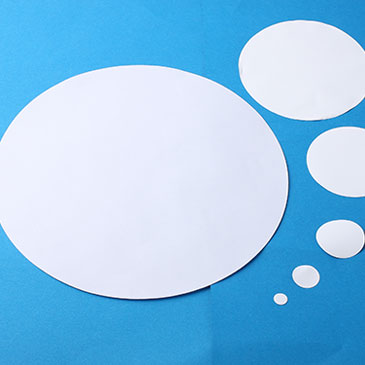Membrane filters are widely used in many industries to differentiate solid particles of tissue from a flat base.
The biggest advantage of this is purified liquid that can be used for many reasons. Some of the most common industries that use these filters include wastewater management plants, laboratories and dairy industry. In dairy, the filter helps in purifying the milk so that it is untainted for dairy cheese or other dairy products. Knowing the working process of a membrane filter can help industry professionals choose the right product for their desired application.

The Process
The filters are made of various materials like nylon, PES, PP, PVDF, MCE and many more. The primary function of the membrane is to permit the fluid flow while catching the solids simultaneously. They act as a barricade that filters untainted liquid and removes the solids from the components being filtered. The clean merchandise is more competent for use and ensures superior quality of the products that are being constructed.
Filtration Techniques
Some of the most common filtration techniques include microfiltration, reverse osmosis and Nano filtration. RO is a widely known technique as it is used in most households for water filtration. Microfiltration and Nano filtration are used in laboratories for various chemical products. Many labs use disc membrane filters as they offer uniform pore structures along with a smooth surface. The absence of any fibres or particles ensures zero contamination in the filtrate.
Replacing A Membrane Filter
Just like any other product, it is important to replace membrane filters on a timely basis, especially once it is congested due to prolonged use. You will know it’s time to change your filter when the process takes longer than it used to when your filter was new. Trapped particles in the filter can cause difficulty in the process and thus, a replacement may be required. You can also clean the filters time to time to maximise its benefits.
The Research
If you’re looking to buy filters, it is important to consider the size of the pores connected to the nylon syringe filter. Based on your requirement, choose a pore size that doesn’t allow solids to be passed from the liquid. Also, the pores shouldn’t be too small or else they will refrain required solids from passing into the final product, making it difficult for final construction of the product.
You can choose a membrane filter of different diameters that are suitable for aqueous or non-aqueous liquids. Before you buy, research the filters online and choose one that suits your requirement perfectly.
Understanding the Working and Significance of Membrane Filters in Recent Times
13.12.16
Posted By Jinming Zhou


